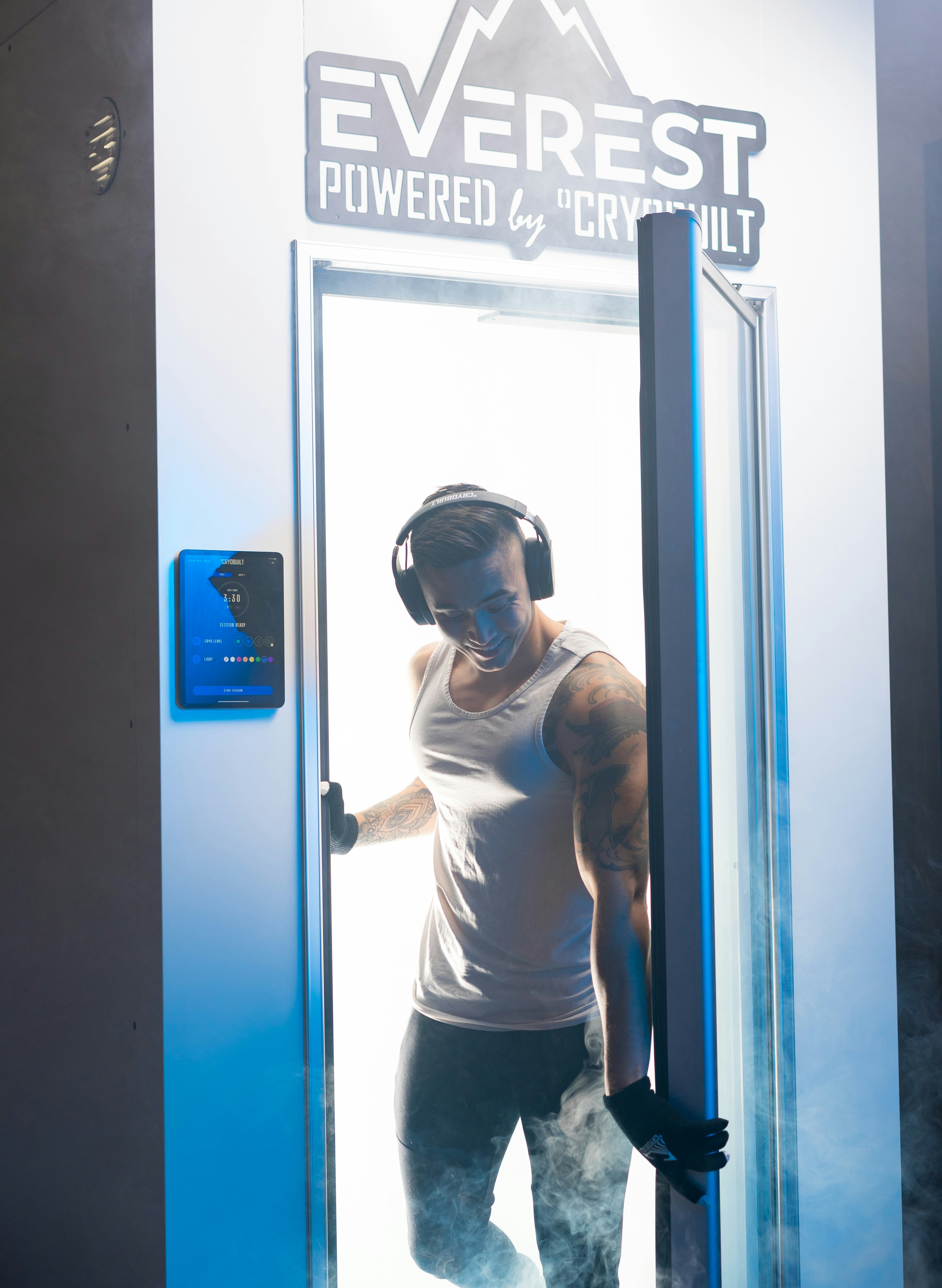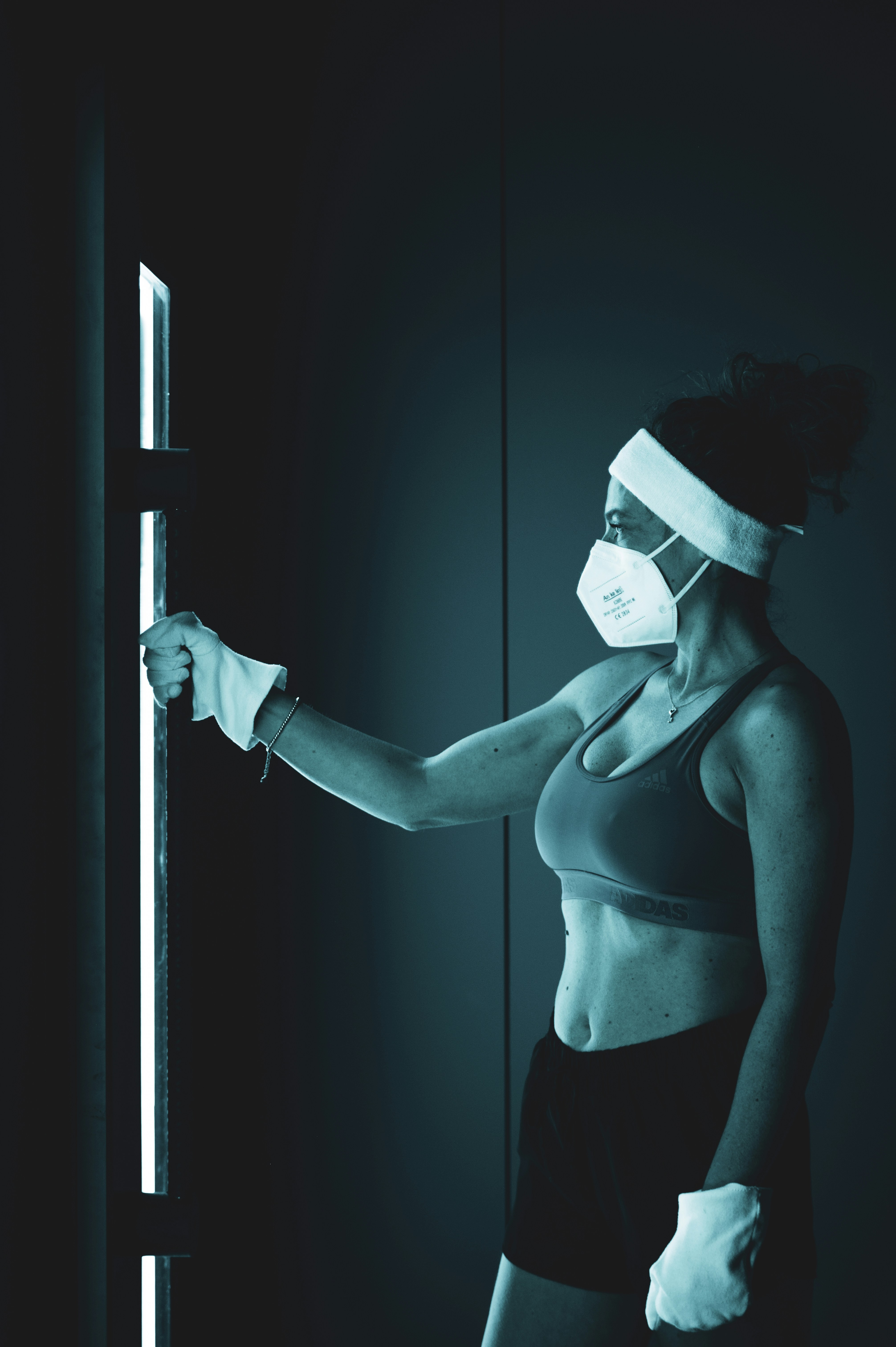Have you ever wondered why athletes and therapists are increasingly turning to cold therapy as a remedy for chronic muscle fatigue? As someone navigating muscle fatigue, perhaps you’re curious about this widespread, freezing phenomenon that’s buzzing in health and wellness circles. Cold therapy, or cryotherapy, is not just about professional athletes plunging into icy waters. It’s a veritable strategy with a promise to elevate comfort and performance for anyone seeking relief from persistent muscle strain.
In our fast-paced world, where people juggle work, exercise, and daily chores, muscle fatigue can stealthily creep in and erode your quality of life. It’s that sensation when your muscles feel like they’re carrying a thousand tiny weights and refuse to cooperate with your ambitions. Whether you’re a weekend warrior who enjoys a Saturday morning jog or someone who spends long hours seated at a desk, understanding how cold therapy influences muscle recovery could be a game-changer for you.
Understanding Chronic Muscle Fatigue
Before we get into the cold details of cryotherapy, let’s shed some light on what chronic muscle fatigue is. Muscle fatigue isn’t simply a feeling of tiredness. It’s a state where your muscles’ capacity to generate force is reduced. Imagine trying to pick up your coffee mug only to find that your arm just doesn’t want to lift anymore. It encompasses both a physiological and psychological component and can impact everyone differently.
Causes of Muscle Fatigue
Muscle fatigue is caused by a variety of factors. Have you ever thought about how your lifestyle choices might impact your muscle health? Factors like overuse, dehydration, and imbalanced nutrition play significant roles. Here’s a brief table to help you understand the key contributors:
| Cause | Description |
|---|---|
| Overuse | Excessive exercise or repeated physical activity without proper rest periods |
| Inadequate Hydration | Lack of sufficient fluids that aid in muscle function and recovery |
| Nutritional Deficiency | Lack of essential nutrients like magnesium, potassium, or vitamins |
| Poor Sleep | Inadequate sleep can impede muscle recovery and regeneration |
| Stress | Physical and mental stress can exacerbate muscle fatigue |
Chronic muscle fatigue can stem from over-training or simply not giving your muscles the chance to recover. Sometimes, it’s about how your body reacts to day-to-day stresses. Over time, this can hinder your ability to perform everyday tasks, influence your mood, and affect your physical performance.
Symptoms and Effects
Have you noticed symptoms like persistent soreness, stiffness, or weakness? If these sound familiar, you might be dealing with chronic muscle fatigue. It’s not just about the inability to perform a physical activity but also the persistent sense of tiredness even after rest.
Let’s explore how these symptoms manifest:
| Symptom | Explanation |
|---|---|
| Soreness | Muscles remain tender to the touch or during movement |
| Weakness | Reduced strength in the affected muscles |
| Stiffness | Difficulty in muscle movements, leading to a decreased range of motion |
| Delayed Recovery | Greater recovery time post-exercise or activity |
| Mental Fatigue | Feeling mentally exhausted right alongside physical tiredness |
Recognizing these symptoms is the first step in addressing the underlying issue effectively.
The Basics of Cold Therapy
Now, let’s turn to how cold therapy enters the fray. Taking the leap into the ice-cold world of cryotherapy might sound daunting at first glance—brr! But it’s not all about taking frigid plunges or frozen wraps.
Understanding Cold Therapy
Cold therapy involves the local or systemic application of low temperatures to help treat a variety of conditions and promote recovery. Sounds clinical, but it’s essentially about leveraging cold to combat inflammation and speed up recovery, allowing your muscles to bounce back faster.
Common Methods of Cold Therapy
There are several ways you can use cold therapy, each serving a specific purpose and need. Let’s break down some of the popular methods:
| Method | Description |
|---|---|
| Ice Packs | Simple and accessible, placed over the affected area to reduce swelling |
| Ice Baths | Full-body immersion to aid recovery in large muscle groups |
| Cryotherapy Chambers | High-tech chambers providing systemic cold exposure |
| Cold Compresses | Used for areas where standard packs may not be effective or convenient |
| Gel Packs | Flexible and comfortable, ideal for contouring around joints or limbs |
These methods generally work by constricting blood vessels, reducing blood flow to the affected areas, and thus alleviating swelling and discomfort.
How Cold Therapy Impacts Muscle Fatigue
Now, the real magic happens when we connect this cold application with the relief of chronic muscle fatigue. Cold therapy can be your ally in managing muscle fatigue, and here’s how it works:
Reducing Inflammation and Swelling
When you apply ice to your strained muscles, it reduces inflammation. Picture the inflammation as a dam blocking the river of your muscle recovery. Cold therapy unblocks that dam, allowing healing nutrients to flow back into your muscles.
Pain Relief
Cold acts as a numbing agent, decreasing the pain sensation. Have you ever had a bad fall and felt almost instant relief when an ice pack was applied? That’s cold therapy doing its work—disrupting pain signals to your brain and bringing you comfort.
Enhancing Blood Circulation
Once the cooling effect diminishes, your blood vessels expand back, encouraging better circulation. Enhanced circulation means more oxygen and nutrients reach your muscles, accelerating recovery and reducing fatigue.
Cellular Recovery Processes
Moreover, cold therapy can enhance cellular recovery processes. It encourages the removal of metabolic waste products from muscle tissues, allowing fresh supplies of oxygen and nutrients to penetrate those hard-working fibers. This is a deeper layer of recovery, not just surface-level relief.
Improved Range of Motion
For those struggling with muscle stiffness, improved elasticity and range of motion are welcome benefits. As inflammation subsides, mobility improves, making it easier for you to move about freely and continue with your activities unhindered by discomfort or fatigue.
Benefits of Cold Therapy for Chronic Muscle Fatigue
Have you considered the multifaceted benefits of cold therapy? It goes beyond inflammation reduction and pain relief. It’s about enhancing your overall well-being, performance, and lifestyle.
Promotes Relaxation and Reduces Stress
Cold therapy, while seemingly uncomfortable at first, can trigger a state of relaxation post-treatment. This is due to the endorphins released. Endorphins are nature’s stress busters and can alleviate feelings of anxiety associated with chronic discomfort.
Safe and Non-Invasive
Unlike treatments requiring medication or surgery, cold therapy is non-invasive and poses minimal side effects, making it a widely adaptable option for muscle recovery.
Cost-Effective
It also offers an economical route to managing muscle fatigue. Simple ice packs or homemade cold compresses can provide effective relief without heavy financial investment.
Holistic Wellness
Engaging in regular cold therapy promotes holistic wellness. By incorporating it into your recovery regime, you can bolster your immune system, improve sleep, and maintain muscular health—a wonderful advantage in our modern, often hectic lifestyles.
How to Incorporate Cold Therapy Safely
So, how do you begin? Here are a few safety tips and steps to include cold therapy in your routine.
Safety Precautions
Before starting, ensure that your skin is protected. Never apply ice directly on your skin to avoid frostbite. Always use a cloth or towel as a barrier.
Start Gradually
If you’re intrigued by the full-body benefits, consider starting gradually. Perhaps, with something as simple as a gel ice pack wrapped over fatigued muscles for twenty minutes. From there, you could advance to ice baths or even a cryotherapy session as your comfort grows.
Listen to Your Body
Perhaps most importantly, pay attention to how your body responds. Cold therapy can be a wonderful tool, but everyone’s body reacts differently. If you feel discomfort beyond the initial chill, or if pain increases, it might be time to revise your approach or consult a professional.
Consult a Health Professional
And that’s the key if you’re uncertain where to start. A sports physician or physical therapist can provide personalized guidance tailored to your particular needs and fitness levels.
The Future of Cold Therapy
With cold therapy becoming more of a focal point in muscle recovery, the future holds bright prospects. Could we soon see more advanced, even more accessible forms of cold therapy down the line? The possibilities are exciting.
Innovations and Research
Innovative cryotherapy technology continues to evolve, promising enhanced recovery and adaptable solutions for muscle fatigue. Studies are exploring how different temperatures and exposure durations affect not just physical recovery but overall health, paving the way for personalized treatment plans.
Social Acceptance and Integration
As society embraces holistic and alternative therapies, cold therapy’s social acceptance grows. More people are understanding its benefits and viewing it as an integral part of health and wellness routines—an important shift toward preventative care over reactive treatment.

Conclusion
Cold therapy’s impact on chronic muscle fatigue is compelling and offers something for everyone. Whether battling post-gym soreness or seeking relief from daily physical stresses, the cold could be your ally. By understanding the underlying mechanics of muscle fatigue and how cold therapy intervenes, you are empowered with the knowledge to address discomforts and enhance your overall quality of life. So the next time you’re tiring out, thinking of recovery, perhaps you’d consider taking the ‘cool’ road to rejuvenation.




